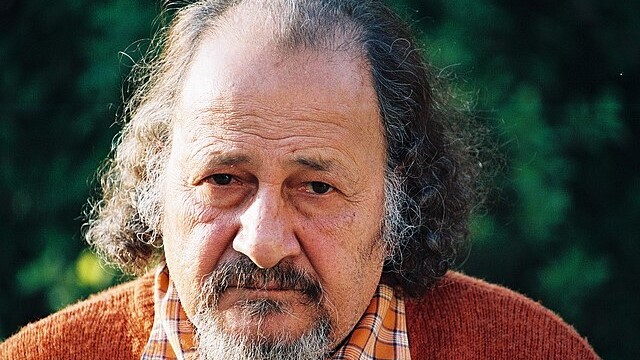In Cairo’s bustling art districts, a new generation of Egyptian artists is redefining the country’s cultural landscape. Their work, rooted in heritage yet unafraid of experimentation, is increasingly finding space on the international stage, from the walls of local galleries to exhibitions at the Venice Biennale and Art Basel.
Egypt has long been known for its artistic legacy, with traditions stretching back to antiquity. Today’s emerging artists carry that history forward while speaking to the concerns of the present. Many employ modern techniques that grapple with themes of identity, memory, and social change, weaving them together with motifs drawn from Egypt’s layered past. The result is a body of work that feels distinctly Egyptian yet resonates across borders.
The painter Mohamed Abla remains a central figure, known for his vivid canvases that intertwine folkloric imagery with contemporary themes. His works, often narrative in nature, reflect on Egyptian society while engaging broader cultural dialogues. Alongside him, artists such as Hanaa Malallah and Kader Attia have gained recognition for installations that interrogate political histories and social questions, offering viewers experiences that are both visceral and reflective.
International exposure has grown steadily. Curators and collectors increasingly seek out Egyptian perspectives, with global fairs and exhibitions providing crucial platforms. Participation in these events not only elevates individual careers but also situates Egyptian art within wider conversations about modernity, post-colonial identity, and cultural exchange.
Digital platforms have amplified this momentum. Instagram and other social networks function as global galleries, allowing artists to share their work directly and cultivate audiences far beyond Egypt’s borders. For many, this digital visibility has been as influential as formal exhibitions, building communities of dialogue and appreciation.
Within Egypt, institutions and galleries are adapting to nurture this wave of talent. Independent spaces, workshops, and mentorship programs provide vital infrastructure, creating opportunities for collaboration and experimentation. These local initiatives play a key role in sustaining an environment where creativity can thrive.
The ascent of Egypt’s contemporary artists underscores a broader cultural narrative: one of continuity and renewal. As their works circulate internationally, they present not only aesthetic innovation but also a reaffirmation of Egypt’s enduring place in the global imagination. In each painting, installation, and performance lies a testament to resilience, reinvention, and the unbroken thread of artistic expression.
Sources:
- Winegar, Jessica. Creative Reckonings: The Politics of Art and Culture in Contemporary Egypt. Stanford University Press, 2006.
- El-Amrousi, Heba. “Egyptian Artists on the Global Stage.” Al-Ahram Weekly, 2023.
- Cotter, Holland. “At the Venice Biennale, a Global Conversation in Art.” The New York Times, April 2022.
- Abaza, Mona. “The Transformation of Contemporary Egyptian Art Spaces.” International Journal of Middle East Studies, vol. 45, no. 1, 2013, pp. 47–70.

